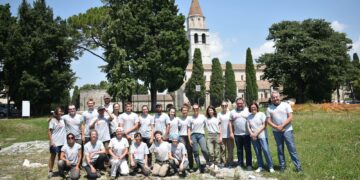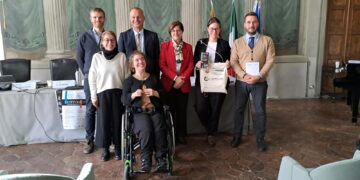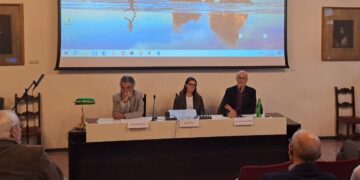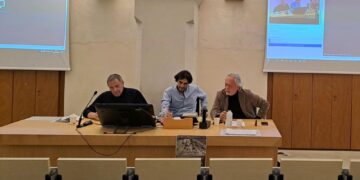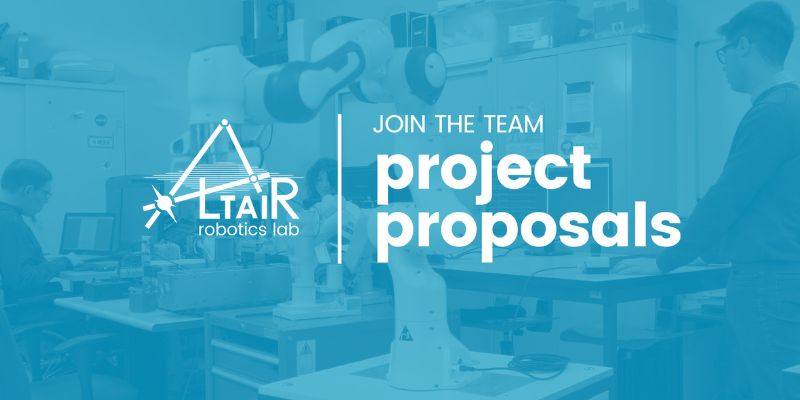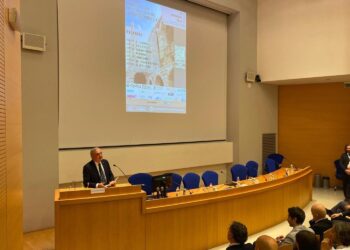Metastases are the main cause of death in cancer patients, but unfortunately the molecular mechanism underlying their formation is still little known. Increasing evidence indicates that tumour-associated macrophages (TAMs), the cells of the immune system that are activated as part of the body’s defense response, play an important role in the development of new metastases.
The results of the multidisciplinary study, coordinated by the Immunology section at the University of Verona led by Vincenzo Bronte, and published in the journal ‘Cancer Discovery’, show that the presence of DAB2 protein can predict the appearance of metastases. This could lead to new therapeutic possibilities to prevent the formation of metastases.
The study, entitled ‘The Disabled homolog 2 controls pro-metastatic activity of tumour-associated macrophages’, has among its first co-authors Rosalinda Trovato, scholarship holder from the Department of Medicine at the University of Verona, and Ilaria Marigo from IOV-IRCCS (Istituto Oncologico Veneto). Francesca Hofer, Francesco De Sanctis, Stefano Ugel, Stefania Canè, Anna Simonelli, Federico Boschi, Rita T. Lawlor and Aldo Scarpa also took part in the project.
“In this work we have discovered that the DAB2 protein (disabled 2 mitogen-responsive phosphoprotein), which is involved in endocytosis, is highly expressed in tumour-associated macrophages, and its genetic removal in these cells significantly reduces the formation of lung metastases in laboratory animals with various types of tumour”, explains Vincenzo Bronte.
“Macrophages with DAB2 are mainly located along the tumour invasive front, where they contribute to the recirculation of integrins, special receptors located on cell membranes and involved in signal activation. These DAB2+ macrophages are also involved in the remodeling of the extracellular matrix, and drive the dissemination of tumour cells through a mechanism mediated by YAP/TAZ transcription factors. Finally, we identified DAB2 as a potential prognostic biomarker for the stratification of patients affected by different human neoplasms: in fact, the presence of DAB2+ macrophages correlated with a poor clinical outcome in human lobular breast and gastric carcinomas”.
In this complex study, a number of innovative molecular biology techniques were employed, such as CRISPR/Cas9 gene editing, Single-cell RNA sequencing (sc-RNAseq), in vivo imaging methods, confocal and two-photon microscopy, cell biology techniques, and cell migration assessment.
“Our study further highlights the fundamental role of the immune system and myeloid cells in the metastatic process,” adds Bronte. “Indeed, we have identified for the first time how the role played by the DAB2 protein in remodeling of the extracellular matrix present in the tumour is fundamental in the metastatic process. DAB2 therefore becomes a potential target on which to invest for the development of new therapeutic approaches to prevent the formation of metastases, possibly to be used in combination with immunotherapy. Moreover, the expression of the DAB2 protein in tumour-associated macrophages represents a potential biomarker to be used to define the prognosis of patients with different types of neoplasms”.
This study was conducted by the University of Verona in collaboration with various partner institutions: IOV-IRCCS (Istituto Oncologico Veneto) in Padua, the Department of Medicine and Ageing Sciences from the Center for Advanced Studies and Technology (CAST) at the University G. D’Annunzio of Chieti-Pescara, the Department of Medicine, the Department of Physics and Astronomy G. Galilei and the Department of Molecular Medicine at the University of Padua, the ‘Città della Speranza’ Pediatric Research Institute in Padua, the Broad Institute of MIT and Harvard in Cambridge, Massachusetts (USA), IFOM in Milan, the Institute for Molecular Oncology in Padua, the ARC-Net centre at the University of Verona, the Agostino Gemelli University Polyclinic Foundation, Università cattolica del Sacro Cuore in Rome, the Department of Life Sciences and the Center for Genome Research at the University of Modena and Reggio Emilia, and the Max Planck Institute for Biochemistry.
The project was supported by: AIRC Foundation for Cancer Research, the Cancer Research Institute, Cariverona Foundation (as part of the 2017 Scientific Research programme), the 2017 Qatar National Priority Research Program, the Institutional Funds of Università cattolica del Sacro Cuore, EuroNanoMed III, and the IOV 5×1000 Intramural Research Grant Project.






